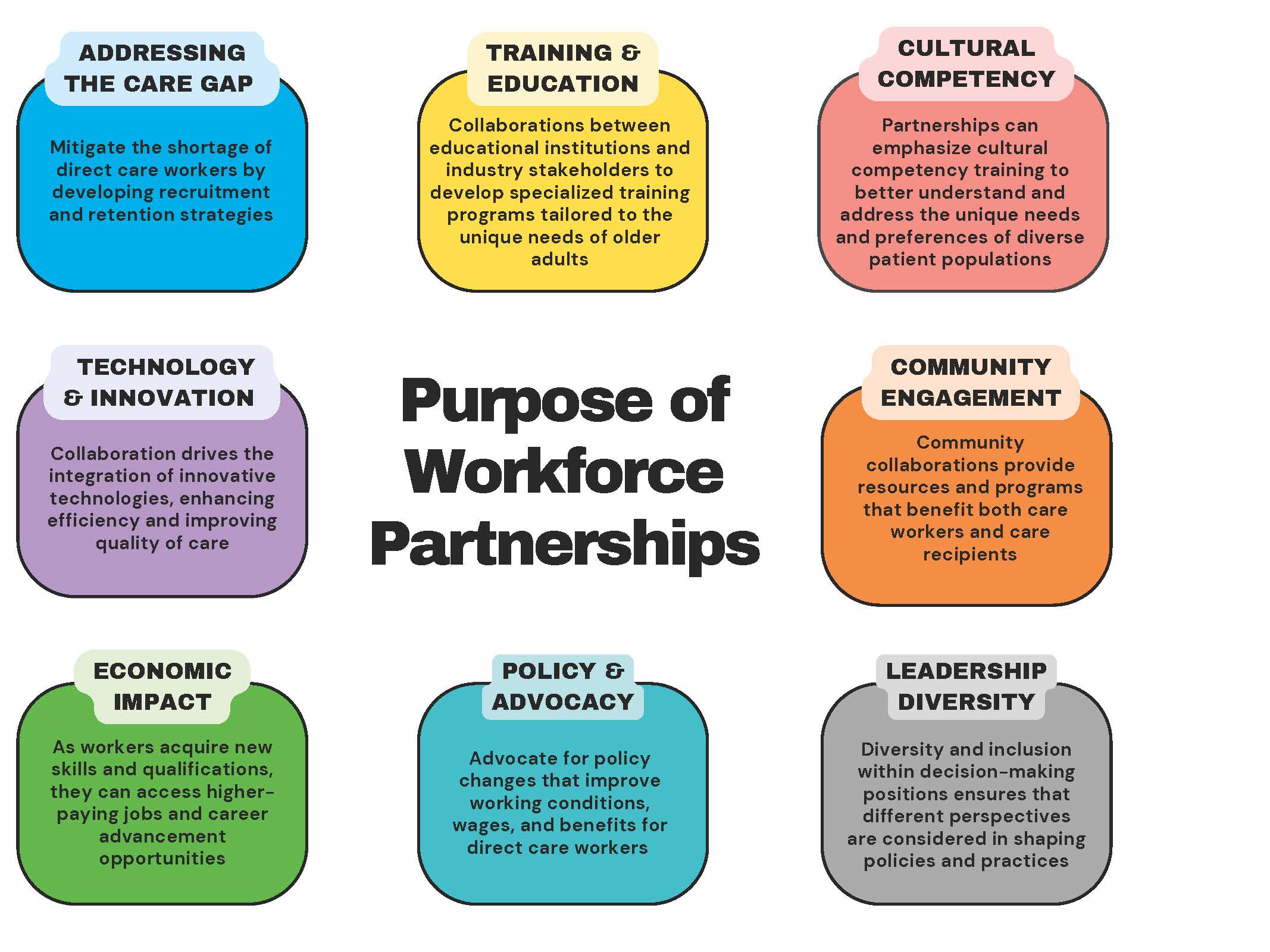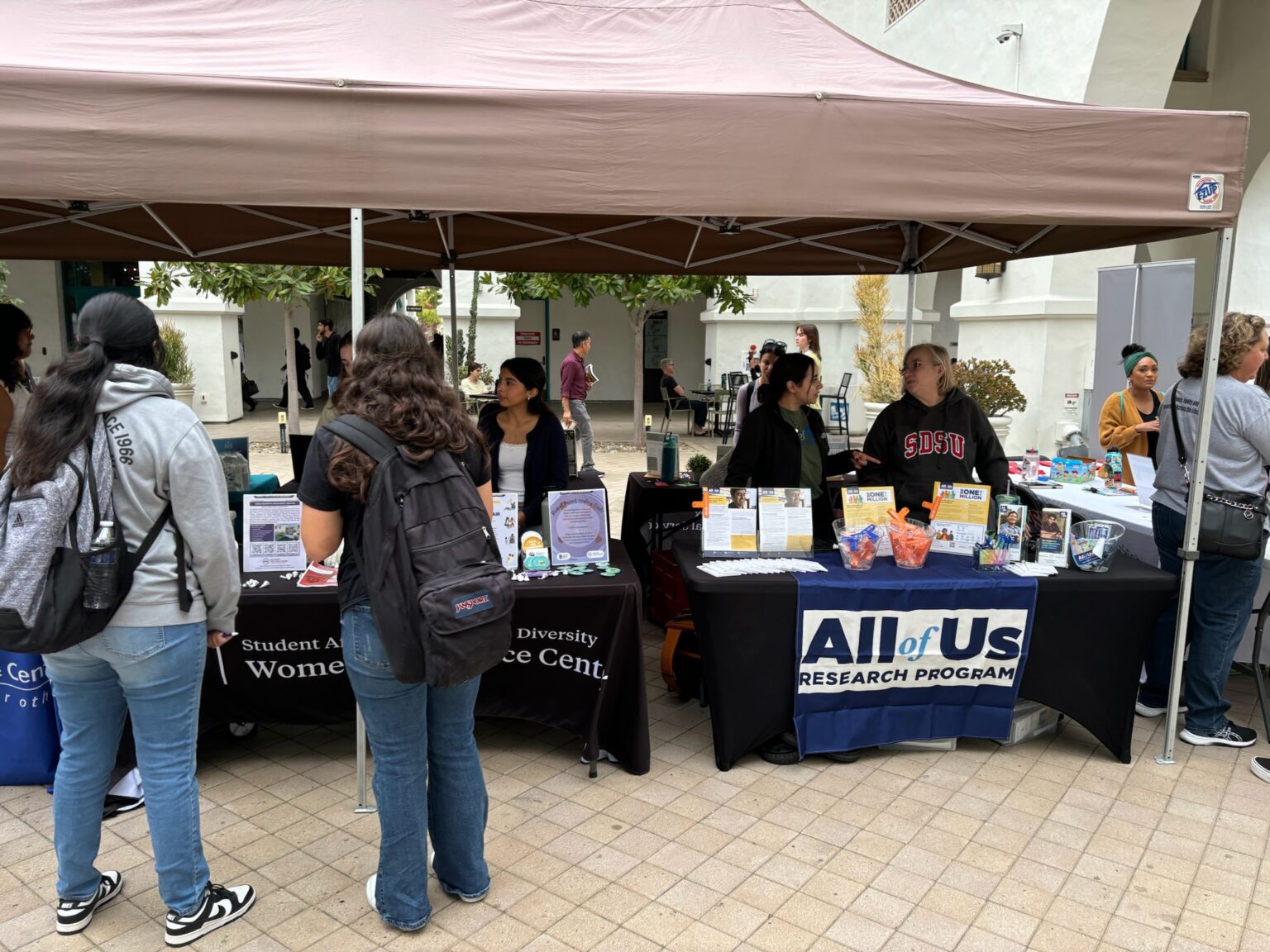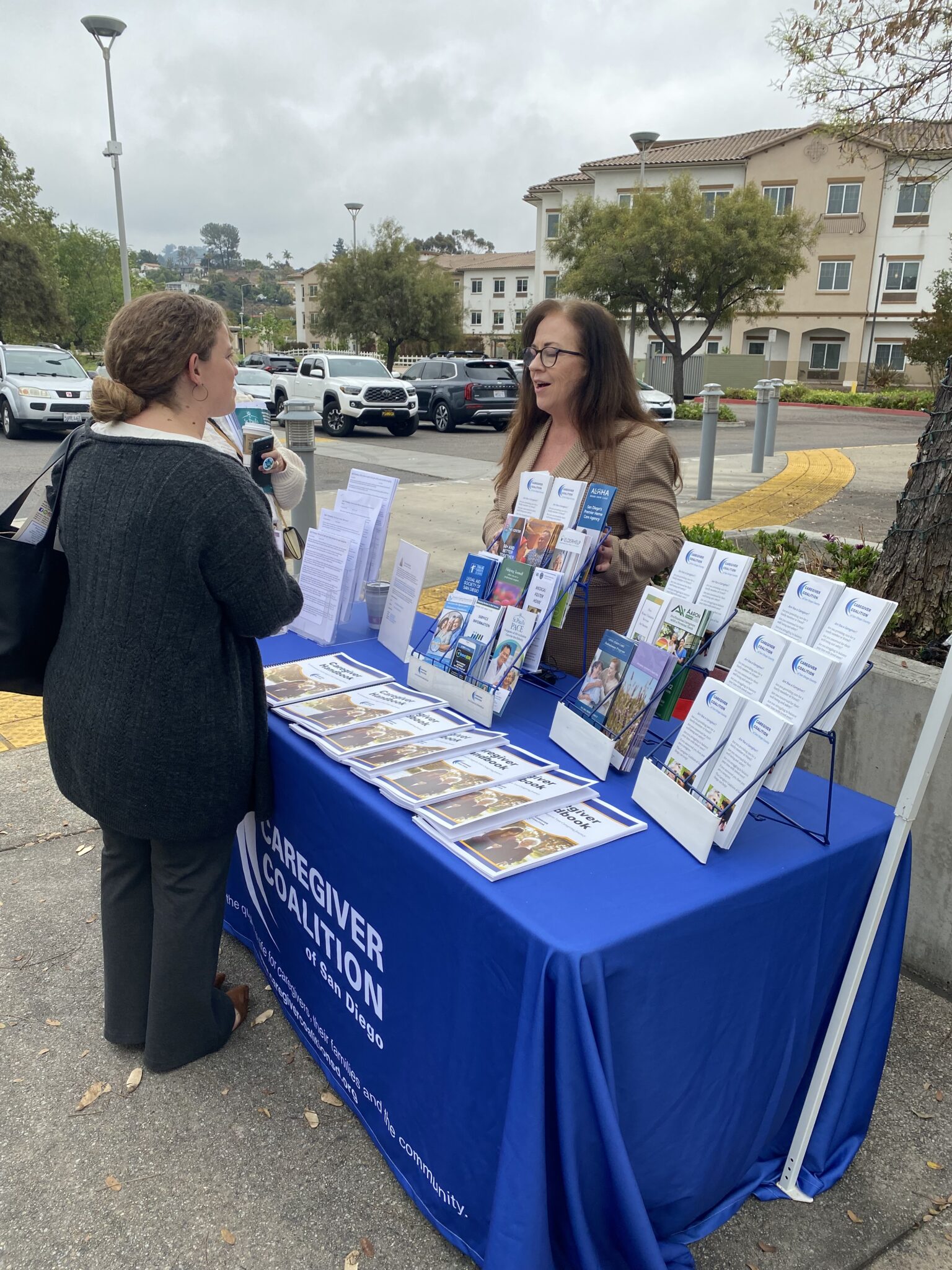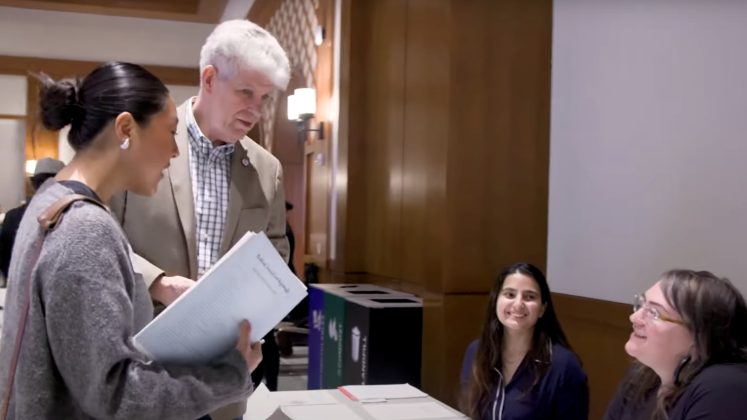Workforce Development
The Center for Excellence in Aging & Longevity (CEAL) is at the forefront of transformative initiatives, dedicated to addressing the critical need for workforce development. With a commitment to collaboration, we unite policymakers, service providers, and community-based organizations to pioneer innovative solutions aimed at increasing and retaining the invaluable direct care workforce.
The Problem
PHI, the nation’s leading expert on the direct care workforce, provides an annual snapshot including demographics, job quality challenges, and projected job openings.
About 4.7 million direct care workers support older adults and individuals with disabilities. The direct care workforce is projected to add 1.2 million jobs in the next 10 years, more new jobs than any other single occupation. During the same timeframe, nearly 9.3 million total direct care jobs will need to be filled.
In California, there is a predicted shortage of 600,000 to 3.2 million workers by 2030.
Our Solution
CEAL is committed to forging workforce partnerships and pioneering innovative training programs. By collaborating with key stakeholders and developing cutting-edge initiatives, we are tackling this challenge head-on to provide exceptional care for older adults and individuals living with disabilities.
Workforce Partnerships
Due to demographic shifts and evolving healthcare needs, CEAL has prioritized innovative solutions for workforce partnerships. Working collaboratively with educators, healthcare providers, policy makers, and community-based organizations is essential to increasing and retaining the direct care workforce.

San Diego Caregiver Connections
In May 2023, CEAL launched the San Diego Caregiver Connections (SDCC) initiative, a comprehensive program dedicated to enhancing the lives of caregivers. Our goal is to empower both paid and family caregivers through a range of support services, including free training, peer support, and career pathways.
Our innovative model is driven by a commitment to inclusivity, reaching out to diverse, low-income, multilingual, and under-resourced communities. We recognize many caregivers face significant obstacles, such as limited access to training resources, language options, technology, and educational opportunities.
SDCC addresses these challenges and strengthens the workforce pipeline by providing:
- Free Training: More than 85 hours of training courses designed to empower caregivers by improving knowledge, confidence, and self-care strategies.
- Peer Support Program: A strong network of peers with shared experience who can provide emotional support, advice, empowerment, problem-solving skills, and resources.
- Career Pathways: Support for family caregivers interested in becoming an IHSS worker, home health aide, certified nursing assistant, or similar roles in the health care field.
Key highlights of the SDCC program include:
- A fully translated Spanish platform with more than 30 hours of training including person-centered care, emergency preparedness, and managing stress.
- Self-Paced, online training with subtitles in Spanish, Farsi, Vietnamese, Russian, and Korean.
- 35 hours of Teepa Snow Dementia Care training courses.
- 15-hour training track specifically designed to provide support and professional development for Direct Support Professionals who work with adults with intellectual and/or development disabilities.
- Developed an Issue Brief on the Power of Peer Support for Older Adults and Their Caregivers.
- Collaboration with community partners including Determined Health, Glenner Alzheimer’s Family Centers, Stepping Higher, County of San Diego IHSS Public Authority, and Grossmont Healthcare District.
CEAL Workforce Advisory Board
The CEAL Workforce Advisory Board serves as a collaborative platform to address the evolving challenges and opportunities in workforce development for aging services. Comprised of industry leaders, healthcare providers, nonprofit organizations, and academic partners, the board plays a critical role in shaping strategies to build a skilled and sustainable workforce. Through ongoing discussions, members provide valuable insights on recruitment, retention, leadership development, and community engagement. By fostering cross-sector partnerships and leveraging innovative solutions, the Workforce Advisory Board ensures that CEAL remains at the forefront of workforce transformation, supporting both professional caregivers and the broader aging population.
Workforce Development
- Identify and implement effective recruitment strategies.
- Address challenges related to retention, including competitive pay, work-life balance, and professional development opportunities.
- Explore solutions to the impact of rising minimum wages on recruitment and budget constraints.
- Develop career advancement pathways, including apprenticeships and training programs.
Leadership & Management
- Strengthen leadership skills in strategic thinking, crisis management, and ethical leadership.
- Promote intergenerational workforce dynamics and political acumen for industry leaders.
- Provide career development opportunities, including structured career ladders and skill expansion.
- Address workforce concerns such as caregiver shortages, burnout, and regulatory pressures.
Community Engagement
- Foster collaboration among multiple partners through grant opportunities.
- Break down silos and strengthen cross-sector partnerships.
- Encourage shared leadership in addressing workforce challenges within the aging services sector.
Quality of Care
- Engage caregivers and clients in shaping care strategies through surveys, focus groups, and advisory committees.
- Promote culturally responsive and multilingual services.
- Ensure clients’ perspectives and needs are accurately represented and integrated into workforce training.
Future Workforce Planning
- Prepare for shifting population demographics, including the rise in older adults and decline in younger workers.
- Explore innovative workforce solutions such as AI, robotics, and alternative care models.
- Develop workforce strategies tailored to San Diego County’s needs and industry sectors.
Key Objectives of the Workforce Advisory Board include:



